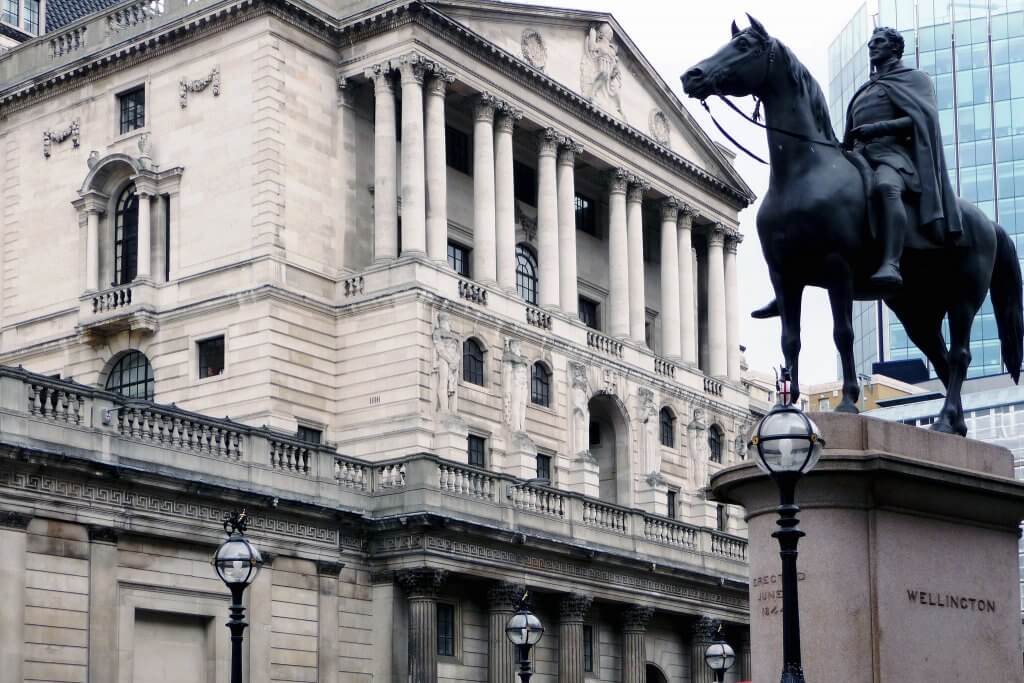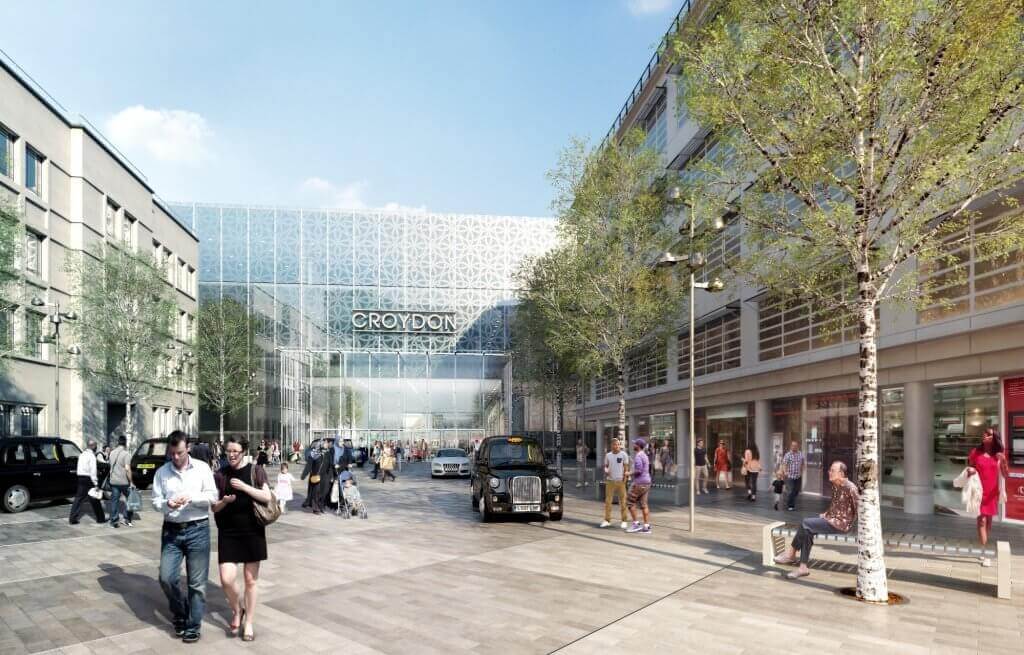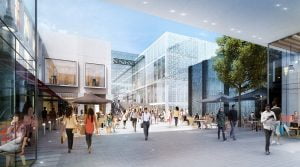Should I fix my mortgage for five years?
Should I fix my mortgage for five years?
Historically
In my opinion, the main reason for this choice is historically the price difference between a two
Gap between the average two year and five year fixed rate mortgages.
***Please note this is an average rate and not broken down by loan to value (LTV)***
| June 2016 | June 2017 | June 2018 | |
| Two-year average fixed rate | 2.57% | 2.30% | 2.52% |
| Five-year average fixed rate | 3.17% | 2.86% | 2.92% |
| Difference | 0.60% | 0.56% | 0.40% |
Source money facts. Assessed 10 July 2018
Difference in cost between a 2 and 5 year fixed mortgage product.
***Based on mortgage amount of £300,000 and a mortgage period of 25 years***
| June 2016 | June 2017 | June 2018 | |
| Two-year average fixed rate | £1,356 | £1,316 | £1,349 |
| Five-year average fixed rate | £1,449 | £1,401 | £1,410 |
| Difference | £93 | £85 | £61 |
Cons of long term fix rate mortgages:
Interest rates fall: One of the cons of fixing your mortgage rate for a long term is if interest rates fall your mortgage rate may look expensive. With the base rate at 0.75%, it’s unlikely we will see any further falls and the base rate is likely to raise in the near future.
Early repayment charges: While initial rates are low, whether you should fix for five years will depend on your individual circumstance. If you need to pay off your mortgage early it can be expensive and is usually subject to early repayment charges.
For example; if you want to move house before the end of the fixed period, you may need to pay a percentage of
Below is an example of typical fee charges:
Year 1 Year 2 Year 3 Year 4 Year 5
5% 4% 3% 2% 1%
You may be able to avoid early repayment charges by porting your mortgage but you will need to weigh up the pros and cons of taking this route, which is not covered in this article.
Want more information or advice? Give the expert team at Truuli a call on 0330 043 0002 or request a callback.
Should I fix my mortgage for five years? Read More »






